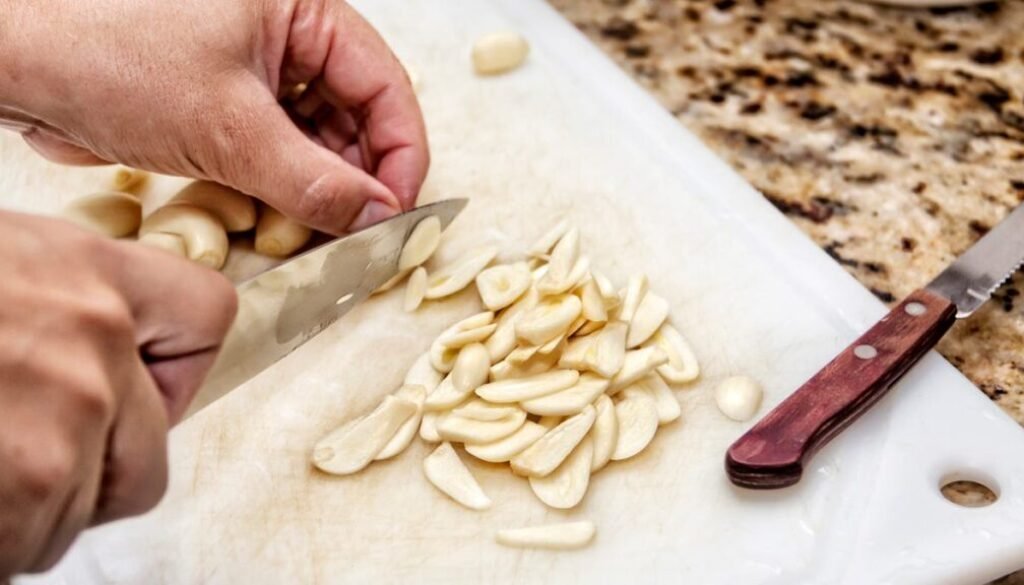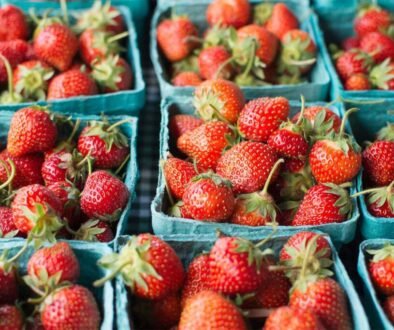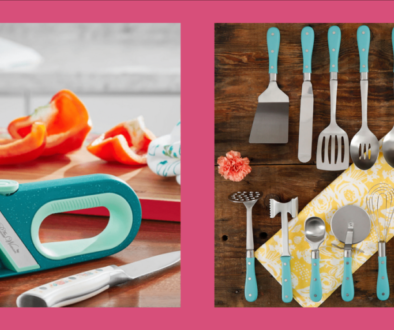For your safety, experts reveal 8 cooking tools to stay in good condition
[ad_1]
Everything in your kitchen reserve is not supposed to be maintained forever. The Indestructible Kitchenaid stand mixer of your grandmother is one thing; The plastic cutting boards with visible cutting marks, however, are another. Although the desire not to waste and get rid of perfectly useful items is solid, many cooking accessories may not be as useful as you think and could even become a health risk if they are not replaced over time.
“Keeping your cooking tools in good condition guarantees both safety and efficiency,” explains Maricel Gentile, an expert in cooking and founder of Cooking School Maricel's Kitchen. “”In addition, this is the perfect excuse for exploring new gadgets, and some need to replace more often than you think. “”
Whether it is because of bacterial accumulation, microplastics, other potentially dangerous materials or simply in terms of attenuation over time, it is the eight current cooking tools that should probably be launched and refreshed, according to several experts in the kitchen.
Plastic and utensils cutting plates
The plastic is not impermeable to bacteria, even if you regularly put it in the dishwasher.
“Over time, knife marks can create deep grooves that are difficult to clean and can shelter bacteria,” said Gentile. “In addition, plastics deteriorate with heat and use, releasing microplastics in food.”
If you want to avoid microplastics in your food, regularly replace your plastic cutting board.
Signs of wear may indicate that it is time to change. “If your board is strongly marked or stained, it's time to replace it,” said Gentile. With other plastic tools, search for signs of discoloration, fusion or deformation.
Plastic storage containers
Sylvia Fountaine's kitchen expert at home party said to abandon plastic storage containers. If you only use them to keep food in the refrigerator, it's probably ok, but the temptation to take refrigerator storage containers in the microwave is what makes them less than ideal. When heated, these types of containers can leachaviation of various chemicals in your food. “”Opt for glass storage containers with bamboo covers, “explains Fountaine.
Avoid putting your tupperware in plastic in the microwave.
Clusters, peelers and microplanes
Metal tools with lively edges designed to break down foods in bits such as shreds and zest have none of the risks associated with microplastics and are relatively easy to clean and disinfect but can overvalue their utility if you hang them too long.
“These in time and become less effective for shredding or zest,” said Gentile. “If your grater starts to crush instead of the grid, it's time for a replacement – your recipes will thank you!”
Box
Whether it is a portable or electric model, your box opener is not intended for the long term for two reasons.
“It will become dull over time,” explains Mitzi Baum, CEO of Stop Food Aborne, as well as the above tools that rest on a sharp edge or blade. But the box opener also has sanitary implications. “It is a kitchen utensil that is not regularly cleaned or disinfected,” says Baum. “If he is not washed regularly, he will make food and bacteria that accumulate there and could contaminate other canned foods when they opened them to open them.”
A bunker can open.
If Rust was also built on your box opener, in particular the blade that can come into contact with food, it is time to replace it.
Kitchen sponges
If your cooking sponge feels, it's a good sign, it's time to be replaced.
Does your kitchen sponge feel? Do you think that's how cooking sponges are always? If this is the case, you must hear this.
“Kitchen sponges must be replaced regularly because sponges can support harmful bacterial growth because they are humid and sit at room temperature – a temperature that bacteria love,” explains Baum.
The mold smell of cooking sponges indicates that bacteria are developing. There is a non-dropping solution: “The sponge can be included in the dishwasher as long as (it) includes a cycle of disinfection”, explains Baum. “If you don't have a dishwasher, replace your sponges regularly, especially when it starts to feel.”
Wooden spoons and cutting boards
If you hang on to utensils or wooden boards belonging to a previous generation, do not do so. Wooden spoons and other utensils seem to be heritage tools, because they are difficult to break or chimulate, but they are intended at a good time, not long.
“Wooden spoons are cooking horses, but they are also porous, which means that they can absorb liquids, oils and odors and lead to bacterial accumulation,” explains Debra Clark, kitchen expert and founder of Bowl Me Over. “If your wooden spoon begins to appear worn, smells funky or has deep grooves, it is time to replace it. A good basic rule is to replace them each year if they see intensive use.”
If your wooden spoon smells of mold or looks worn, it's time to replace it.
Non -stick pots and pans
The coating of non -stick pans is one of the largest culprits in terms of chemicals and microplastics forever.
“These pans are a lifeline for a quick and low -fat kitchen, but the coating does not last forever,” says Clark. “Over time, scratches and wear can not only reduce their effectiveness, but can also release tiny pieces of non-stick material in your food,” she says, which is the point where you could accidentally ingest a game and it starts to become really harmful. “If your pan is scratched, flake or stick more than it should, it's time to invest in a new one. Most of the non -stick pots last about three to five years with regular use.” (Non -toxic and non -stick brands that use ceramics include ceramics. Caraway And Green stove.)
Silicone cooking equipment
There is silicone everywhere in the kitchen, rubber scrapers and oven gloves with cooking mats and trays. However, everything that experiences high heat should be launched.
“To be clear on silicone tools, I would not replace them often but would replace them completely with something else like the cooking utensils in stainless steel or enamel,” explains Fountaine. “I have read that silicone may be considered” safe “, but only up to 425 degrees Fahrenheit. There are very limited research on its safety, and other silicone additives could potentially leam in food,” she says. “In addition, it is not biodegradable or recyclable, so not very ecological.”
[ad_2]




